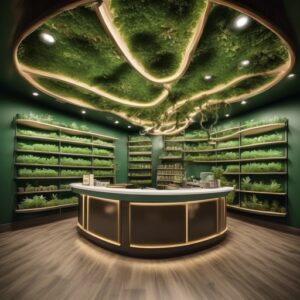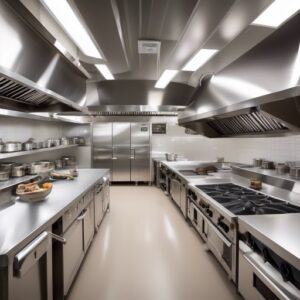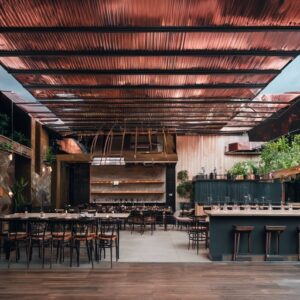In the competitive world of the restaurant industry, success depends on more than just great food and service. It requires effective management, strategic planning, and operational efficiency. This is where business coaching firms come into play. These firms offer tailored guidance and support to help restaurants thrive in a challenging market. In this article, we’ll explore four key ways restaurants can benefit from partnering with business coaching firms.
Strategic Planning and Goal Setting
One of the most significant advantages of working with a business coaching firm is the ability to develop strategic plans and set achievable goals. Many restaurants struggle with long-term planning and fail to establish clear objectives. Business coaches specialize in helping restaurants identify their strengths, weaknesses, opportunities, and threats (SWOT analysis) to create a roadmap for success. By setting specific, measurable, achievable, relevant, and time-bound (SMART) goals, restaurants can stay focused and track their progress over time.
Business coaches also assist restaurants in identifying key performance indicators (KPIs) to measure success and adjust strategies accordingly. Whether it’s increasing revenue, improving customer satisfaction, or expanding into new markets, business coaching firms provide the expertise and guidance needed to turn goals into reality.
Operational Efficiency and Process Improvement
Efficiency is essential for any restaurant looking to maximize profitability and minimize waste. Business coaching firms specialize in analyzing operational processes and identifying areas for improvement. From kitchen workflows to front-of-house procedures, business coaches help restaurants streamline operations and eliminate bottlenecks.
Through tools like process mapping and workflow analysis, business coaching firms identify inefficiencies and develop strategies to optimize performance. This might involve redesigning layouts, implementing new technologies, or refining staff training programs. By improving efficiency, restaurants can reduce costs, enhance productivity, and deliver a better dining experience to customers.
Financial Management and Budgeting
Financial management is a critical aspect of running a successful restaurant, yet many owners lack the necessary expertise to effectively manage their finances. Business coaching firms provide invaluable support in this area, helping restaurants develop budgets, monitor expenses, and maximize profitability.
Business coaches work closely with restaurant owners to create comprehensive financial plans that align with their goals and objectives. This includes analyzing revenue streams, managing cash flow, and forecasting future expenses. By implementing sound financial practices and monitoring key financial metrics, restaurants can make informed decisions and achieve long-term financial stability.
Leadership Development and Team Building
Effective leadership is essential for creating a positive work environment and motivating staff to perform at their best. Business coaching firms offer leadership development programs designed to help restaurant owners and managers enhance their leadership skills and build high-performing teams.
Through workshops, seminars, and one-on-one coaching sessions, business coaches help restaurant leaders develop essential leadership qualities such as communication, problem-solving, and decision-making. They also provide guidance on team building, conflict resolution, and employee engagement strategies. By investing in leadership development, restaurants can foster a culture of excellence, improve employee morale, and drive overall business success.
Conclusion
In today’s competitive restaurant industry, success requires more than just great food and service. It demands strategic planning, operational efficiency, financial management, and effective leadership. Business coaching firms offer invaluable support in these areas, helping restaurants navigate challenges, capitalize on opportunities, and achieve their goals. By partnering with a business coaching firm, restaurants can gain the expertise and guidance needed to thrive in a dynamic and ever-changing market.











